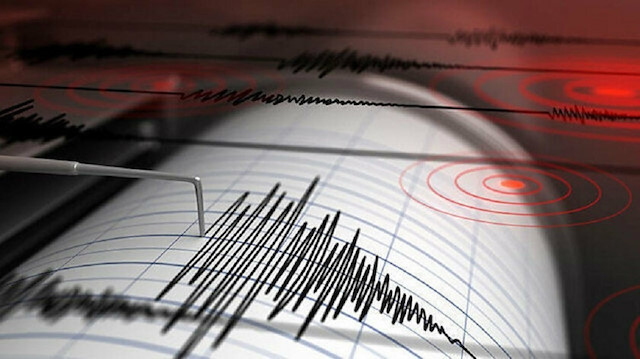
High-speed, local rail operations suspended, while nearly 900 homes still without water
The earthquake-hit regions in Japan have been struggling to restore normal life, as the bullet and local train operations have remained disrupted and many communities are still without water on Monday.
Nearly 153 people were injured when a powerful earthquake measuring 7.3 on the Richter scale hit the northeastern region of Japan on Saturday, leaving many areas without water and electricity as the quake uprooted electricity poles, broke water lines, and damaged railway tracks, Kyodo News reported.
Most of the damages were reported from the Fukushima and Miyagi provinces, the country’s Interior Ministry said, adding that nearly 71 schools were closed on Monday because of damaged school buildings.
High-speed and local rail operations are suspended between the capital Tokyo and northeastern Japan, while nearly 900 homes are still without water and are now being supported by Japan’s Ground Self-Defense Force, which provides water tanks.
The earthquake hit the region at a time when businesses were trying to recover after COVID-19 battered the country’s economy, which contracted nearly 4.8% in 2020.
Japan’s Airlines and bus operators announced on Monday that they will increase their services to reconnect with the quake-hit area.
Two airlines and a bus operator including Japan Airlines Co, All Nippon Airways Co, and JR Bus Tohoku Co, will increase the number of flights and bus services between the cutoff regions with the capital and other areas.
“We may discuss a further increase in bus services if the situation requires,” a JR Bus Tohoku Co official said.
The weather advisory issued by the Japan Meteorological Agency said the country may witness heavy snow on the coast of the Sea of Japan from Tuesday to Thursday.
Hello, the comments you share on our site are a valuable resource for other users. Please respect other users and different opinions. Do not use rude, offensive, derogatory, or discriminatory language.
The floor is all yours.








